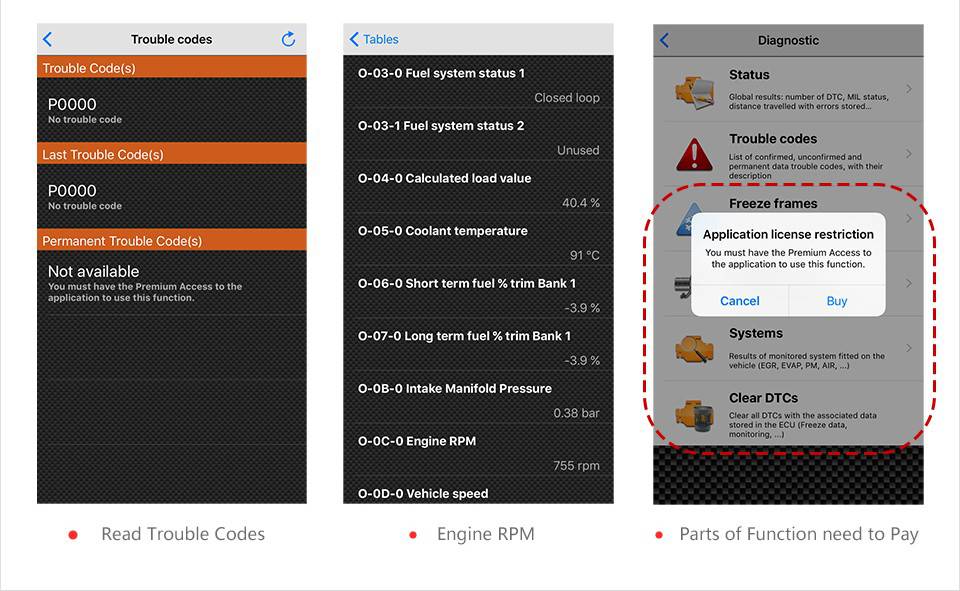

Delving into diagnosticsĪs the name implies, diagnostics are the primary purpose of OBD. Companies have plenty of ideas about what you can plug into that port.

OBD II cars have a port - usually located under the dashboard on the driver’s side - that devices can plug into and connect to a car’s computer. over the past 20 years follows the OBD II standard.

Previous iterations of OBD were retroactively classified OBD I. Known as OBD II, that standard was implemented for the 1996 model year and is still in use today. However, CARB didn’t issue standards for the systems until 1994. Several automakers introduced computer interfaces for their own cars before the 1990s, but the push to standardize didn’t begin until 1991, when the California Air Resources Board (CARB) mandated that all cars sold in California needed some form of OBD capability. That created the first major need to put computers in cars. Like its predecessors, EFI regulates fuel flow into the engine, but it does so using electronic signals rather than mechanical bits. Unlike carburetors or previous mechanical fuel-injection systems, electronic fuel injection (EFI) requires computer control. OBD has existed in various forms long before anyone ever uttered the words “infotainment” or “connected car.” It came about primarily because of two factors: The need to regulate emissions, and the mass adoption of electronic fuel injection by automakers beginning in the 1980s. carsĮV glossary: All of the electric vehicle jargon you need to know Tesla to fix window software on 1M of its U.S. Fitbit Versa 3ĬES 2023: BMW is going all-in on Android Auto Open Source – here’s why


 0 kommentar(er)
0 kommentar(er)
